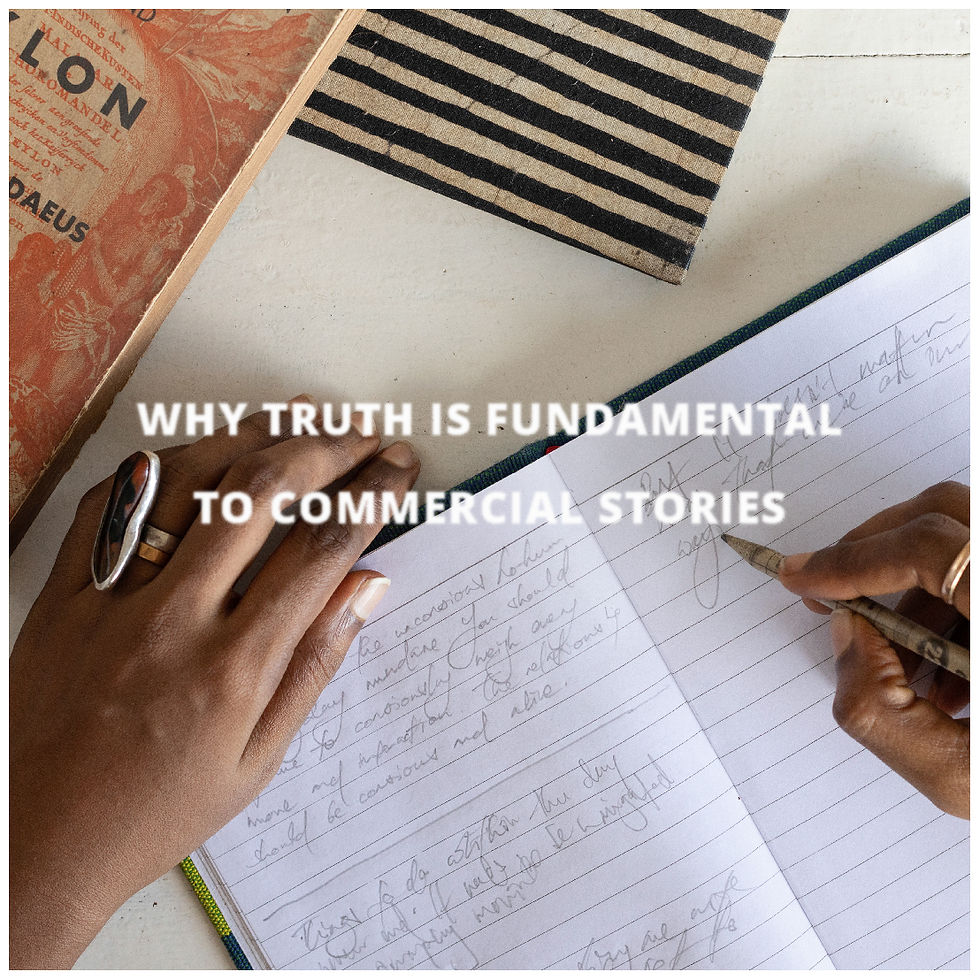Updated: Jan 12, 2024

Sometimes, businesses find themselves in dangerous waters when trying to engage their audience through emotionally charged popular narratives. Often enough, we see businesses initiating or tagging onto sensitive conversations involving race, politics, skin colour and gender; some nail it, others damage their brand catastrophically, and most end up making their conversations seem unauthentic. Remember how the race to position themselves with the Black Lives Matter movement came out for most brands? Those who didn’t filter the narrative through their own brand personality, or present it through their true views and ideas, had their audiences disengaged, and sometimes even enraged. That awkward Pepsi ad, which only became famous as a tone-deaf disaster of a story, is probably the best example.
Engaging with popular narratives is a good thing to do; It shows that the brand is alive, current, listening and responding to the world that its consumers live in. But, not every brand can tag onto every narrative. It must be authentic; there must be history, connection or reason; And most importantly, it must be delivered right through the business’ persona, values, and tone of voice.
When we were helping the in-house team at Rithihi—one of Sri Lanka's most beloved saree boutiques—to identify its brand voice and story styles, it became important to demonstrate how to engage with certain topics that were sensitive. At the height of the Covid-19 pandemic in India, as the death tolls were sky-rocketing, it was insensitive to talk about the beauty of sarees handmade in areas like Banaras, Kanchipuram and Ludhiana, which were devastated by disease. It was important to address this, and convey the brand's authentic emotions towards the catastrophe; However, it was a highly emotionally-charged topic and there was already growing criticism on how some brands were delivering their messages. We created a newsletter with stories that celebrated the skill and beauty of artisanal communities affected by the pandemic. The message was approached through Rithihi's values, while the response to the situation was framed through the brand's personality framework. The stories, as always, were delivered strictly through the brand voice that we carefully identified for Rithihi. As a result, the message was authentic in reflecting Rithihi's true views and sentiments, and it was well received. This story led to creating many meaningful conversations between the business and its audience.
During Sri Lanka's economic crisis in 2022, many hospitality businesses struggled to articulate why it’s still worthwhile to visit the island along with the reasons for the peaceful protests that were sweeping across the nation. It was a challenging message to coin. However, it couldn't be ignored or overlooked by any business inviting people to visit Sri Lanka; especially with the spread of misinformation and sensational news making Sri Lanka appear unsafe. Here's how we helped one of our longstanding clients in hospitality to articulate this message with the earnestness and sense of humour true to their brand voice.
These kinds of emotionally charged narratives are where a brand's true strength in communications is tested. In both these instances, the brand articulation framework that outlined the business values and the voice were the key tools in getting these stories right.
A well-articulated brand persona and voice are the most important tools you have when navigating through complex or sensitive narratives. They are your frameworks to be truthful and authentic.
If you want to find out more on how we consult and create stories to help businesses navigate through challenging messages, and complex narratives, send us a message.



